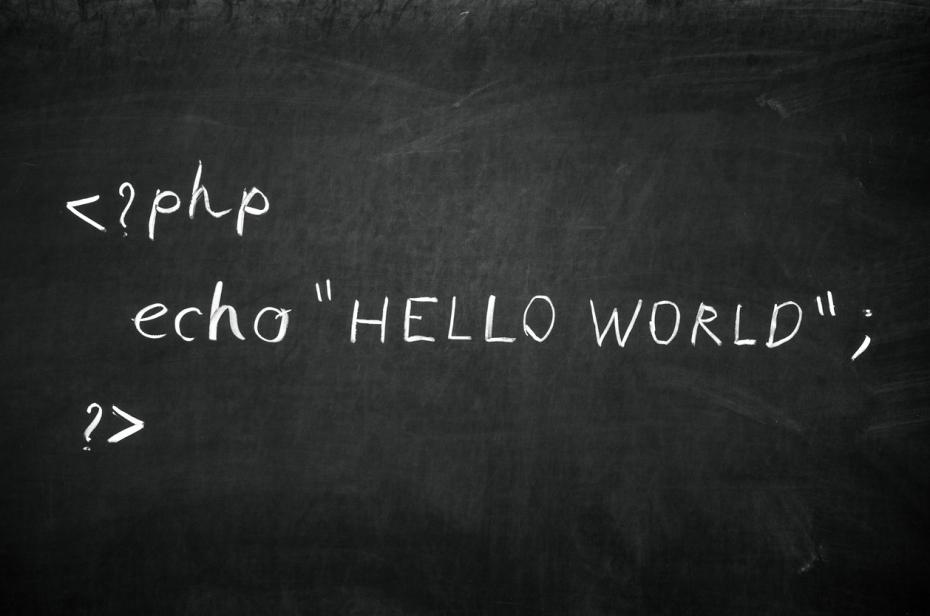
I bring new and engaging ways for students to learn in the classroom

This THE Campus resource was generated by Open AI’s ChatGPT language transformer based on the prompt “Write an 800-word guide for higher education faculty on how to use ChatGPT in the classroom”.
ChatGPT is a powerful language generation model developed by OpenAI that can be used in a variety of educational settings to enhance teaching and learning. In this guide, I’ll provide an overview of how ChatGPT works and describe some ways that higher education faculty can use it in the classroom to support student learning.
First, let’s take a look at how ChatGPT works. The model is based on transformer architecture, which is a type of neural network that is particularly well suited to natural language processing tasks. ChatGPT is trained on a large data set of text, and it uses this training to generate coherent and fluent text when given a prompt. One of the key advantages of ChatGPT is its ability to understand context and generate text that is appropriate for a given situation.
One way that ChatGPT can be used in the classroom is as a writing assistant. Faculty can use the model to provide students with feedback on their writing by providing a prompt in the form of a writing assignment or question, and then having the students input their text into the model. The model can then analyze the text and provide suggestions for revisions, such as grammar and style corrections.
Another way that ChatGPT can be used in the classroom is as a tool for facilitating group discussions and debates. Faculty can use the model to generate questions and prompts related to the topic of discussion, and have the students input their responses into the model. The model can then analyze the responses and provide suggestions for follow-up questions and comments, helping to keep the discussion on track and focused on the key issues.
ChatGPT can also be used as a tool for generating examples and explanations for specific concepts. For example, a faculty member teaching a course on literature could use the model to generate examples of different literary techniques and their application in specific texts. By inputting a specific concept and a relevant text, GPT can generate an explanation or an example that is tailored to the class and their level of understanding.
In addition, ChatGPT can be used as a tool for language learning. In a language class, the model can be used to generate prompts for conversation practice, and even provide accurate grammar feedback. Additionally, it can also be used as a tool for translation practice by providing the model text in one language and having it translated to another language, and the student can then evaluate the quality of the translation.
Faculty can also integrate ChatGPT into their course materials by creating interactive web applications that allow students to interact with the model directly. By creating assignments and activities that incorporate the model, faculty can provide students with opportunities to engage with the model in a more interactive and personalized way.
Finally, it’s worth noting that while ChatGPT is a powerful tool, it is not a replacement for human teachers. Faculty should always use their own judgment when using the model in the classroom, and it is always important to provide appropriate guidance and support for students. Additionally, depending on the use case and the complexity of the prompts, it is important to keep in mind that GPT’s responses are generated by a machine, and even though it can be quite accurate and useful, it is not always perfect and thus should be used as a support rather than the main source of information.
In conclusion, ChatGPT is a versatile tool that can be used in a variety of ways to enhance teaching and learning in higher education. By using the model to provide writing assistance, facilitate group discussions, generate examples and explanations, and even as a language learning tool, faculty can provide students with new and engaging ways to interact with the material and advance their understanding.


